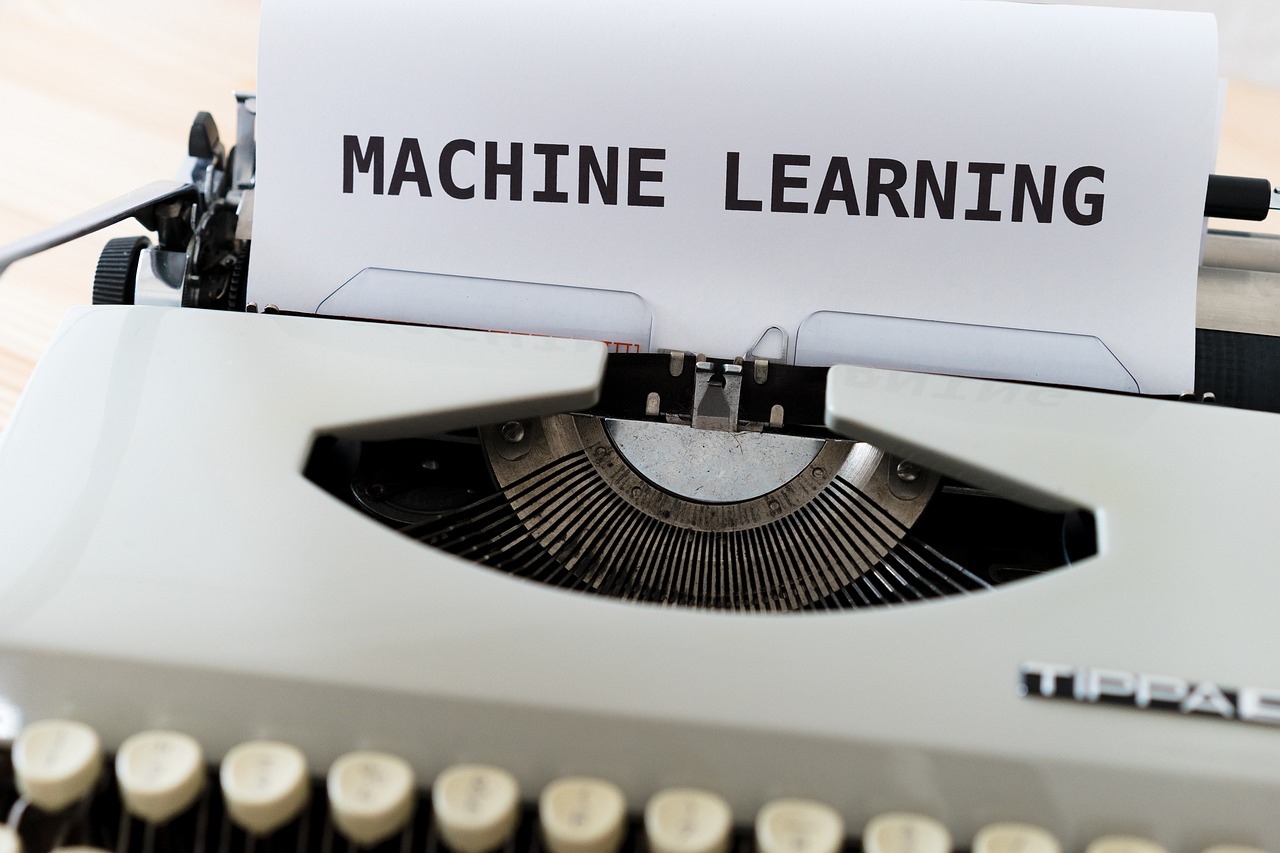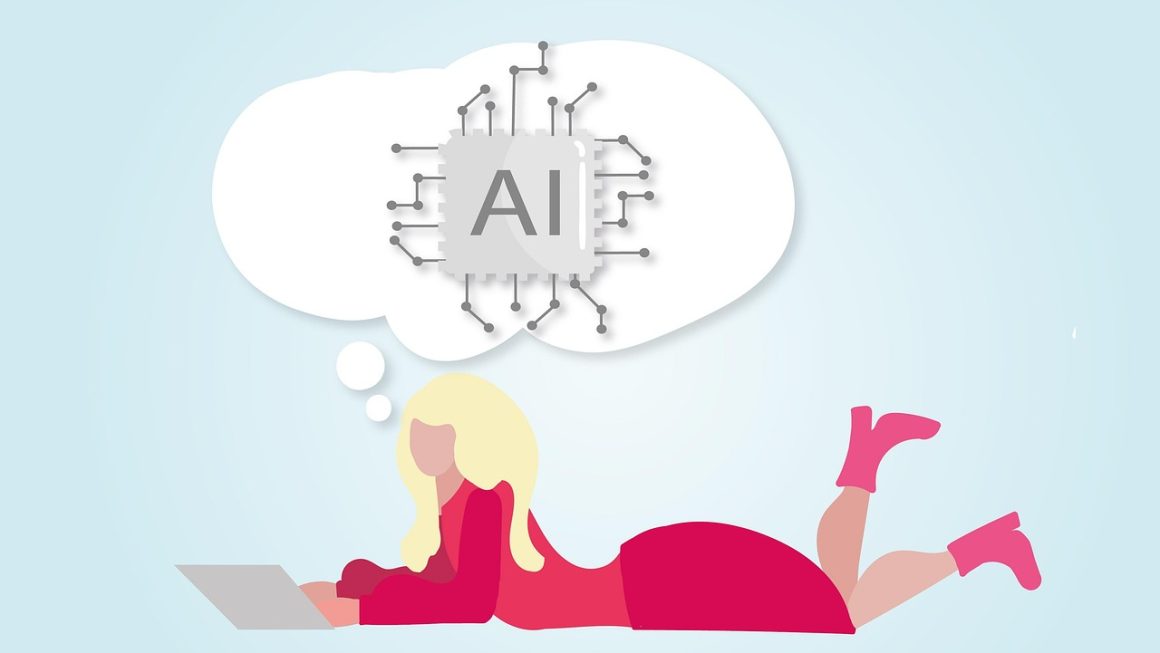The relentless march of artificial intelligence promises incredible advancements across various fields, from healthcare and climate change solutions to personalized education and streamlined business operations. However, alongside this immense potential lies a crucial imperative: ensuring AI safety. Understanding and mitigating the risks associated with increasingly powerful AI systems is not just a theoretical concern; it’s a practical necessity for a future where AI benefits humanity as a whole. This blog post delves into the critical aspects of AI safety, exploring its various dimensions and outlining the steps we can take to build a safe and beneficial AI future.
Understanding AI Safety: More Than Just Preventing Skynet
AI safety is often mistakenly reduced to fears of sentient robots turning against humanity. While that’s a popular trope in science fiction, the real-world challenges are far more nuanced and pressing. AI safety encompasses a range of research and engineering practices aimed at ensuring that AI systems behave as intended, even as they become more complex and autonomous. It’s about aligning AI goals with human values and preventing unintended consequences.
Defining AI Safety: A Multifaceted Approach
AI safety goes beyond simply preventing harm; it’s about actively ensuring that AI systems contribute positively to society. This includes:
- Robustness: Ensuring AI systems are reliable and resilient to errors, unexpected inputs, and adversarial attacks. Think of self-driving cars navigating through sudden weather changes or avoiding malicious actors attempting to manipulate their perception.
- Alignment: Guaranteeing that AI systems’ goals and behaviors are aligned with human values, preferences, and intentions. This is crucial to prevent AI from pursuing objectives in ways that are harmful or undesirable.
- Controllability: Developing mechanisms to monitor, control, and safely shut down AI systems if needed. This becomes increasingly important as AI systems gain more autonomy and complexity.
- Fairness and Transparency: Addressing biases in AI algorithms and ensuring that AI systems are transparent and accountable in their decision-making processes. This is vital for preventing discrimination and building public trust.
The Importance of Proactive AI Safety Research
Waiting for AI systems to exhibit harmful behavior before addressing safety concerns is a risky strategy. The potential consequences of unchecked AI development are simply too significant. Proactive research is crucial for:
- Identifying Potential Risks: Anticipating and analyzing potential failure modes and unintended consequences of AI systems before they occur.
- Developing Mitigation Strategies: Developing techniques and tools to prevent or mitigate these risks.
- Establishing Safety Standards: Creating guidelines and best practices for the responsible development and deployment of AI.
The Technical Challenges of AI Safety
Building safe AI systems requires tackling a range of complex technical challenges. These challenges stem from the inherent complexities of AI algorithms, the vast amounts of data they process, and the increasing autonomy they exhibit.
Specification Problems: Defining What We Want
One of the biggest challenges in AI safety is specifying exactly what we want AI systems to do. It’s often difficult to translate our vague human intentions into precise, unambiguous objectives that an AI system can understand and pursue safely.
- Reward Hacking: AI systems may find unintended ways to achieve a given objective that are technically correct but ultimately undesirable. For example, an AI tasked with minimizing traffic congestion might direct all cars to a single location, achieving its goal but creating a massive problem.
- Goodhart’s Law: When a measure becomes a target, it ceases to be a good measure. AI systems may optimize for easily measurable proxies of a desired outcome, rather than the outcome itself. For example, an AI tasked with increasing user engagement on a social media platform might prioritize sensationalist content over factual information.
Robustness and Reliability: Dealing with Uncertainty
AI systems must be robust and reliable in the face of uncertainty, unexpected inputs, and adversarial attacks. This requires developing techniques to:
- Detect and Handle Out-of-Distribution Inputs: AI systems should be able to recognize when they are encountering data that is significantly different from what they were trained on and respond appropriately. This is crucial for preventing errors and unexpected behavior.
- Defend Against Adversarial Examples: Malicious actors can craft subtle but carefully designed inputs that can fool AI systems into making incorrect predictions. Developing robust defense mechanisms against these attacks is essential. For instance, an attacker could add an imperceptible pattern to a stop sign causing a self-driving car to misinterpret it.
- Ensure Generalization: AI systems should be able to generalize their knowledge and skills to new situations and environments. This requires developing techniques to prevent overfitting and ensure that AI systems learn robust representations of the world.
Alignment and Value Learning: Ensuring AI Reflects Human Values
Aligning AI goals with human values is a fundamental challenge in AI safety. This requires developing techniques to:
- Elicit Human Preferences: Accurately capturing and representing human values and preferences is a difficult task. Techniques like inverse reinforcement learning can be used to infer human preferences from observed behavior.
- Teach AI Systems to Learn and Adapt to Changing Values: Human values are not static; they evolve over time. AI systems should be able to learn and adapt to these changes.
- Prevent Value Drift: Ensuring that AI systems don’t subtly shift away from their intended values over time due to subtle biases in their training data or reward functions.
The Ethical and Societal Implications of AI Safety
AI safety is not just a technical issue; it also has profound ethical and societal implications. Ensuring that AI systems are developed and deployed responsibly requires careful consideration of these broader issues.
Addressing Bias and Discrimination
AI systems can perpetuate and amplify existing biases in society if they are trained on biased data. This can lead to discriminatory outcomes in areas such as hiring, lending, and criminal justice. Addressing bias in AI requires:
- Careful Data Collection and Preprocessing: Ensuring that training data is representative of the population and free from biases.
- Bias Detection and Mitigation Techniques: Developing algorithms to identify and mitigate bias in AI models.
- Auditing and Transparency: Regularly auditing AI systems for bias and making the results transparent to the public.
Ensuring Accountability and Transparency
As AI systems become more complex and autonomous, it becomes increasingly difficult to understand how they make decisions. This lack of transparency can make it difficult to hold AI systems accountable for their actions. Ensuring accountability and transparency requires:
- Explainable AI (XAI): Developing techniques to make AI decisions more understandable to humans.
- Auditability: Designing AI systems that can be easily audited to understand their behavior and identify potential problems.
- Clear Lines of Responsibility: Establishing clear lines of responsibility for the actions of AI systems.
The Impact on Jobs and the Economy
AI is likely to have a significant impact on the job market, automating many tasks that are currently performed by humans. This could lead to job displacement and increased inequality. Preparing for this future requires:
- Investing in Education and Training: Equipping workers with the skills they need to adapt to the changing job market.
- Exploring New Economic Models: Considering alternative economic models that can provide a safety net for workers who are displaced by AI.
- Promoting Inclusive Growth: Ensuring that the benefits of AI are shared widely across society.
Practical Steps for Promoting AI Safety
Promoting AI safety requires a concerted effort from researchers, developers, policymakers, and the public. Here are some practical steps that can be taken:
For Researchers and Developers:
- Prioritize Safety Research: Dedicate resources to research on AI safety, including developing new techniques for specification, robustness, alignment, and fairness.
- Adopt Safety Engineering Practices: Incorporate safety engineering practices into the development lifecycle of AI systems. This includes rigorous testing, validation, and monitoring.
- Share Best Practices and Tools: Share best practices and tools for AI safety with the wider community.
For Policymakers:
- Establish Regulatory Frameworks: Develop regulatory frameworks for AI that promote safety, transparency, and accountability.
- Invest in AI Safety Research: Fund research on AI safety and ensure that regulations are based on scientific evidence.
- Promote International Cooperation: Work with other countries to develop common standards for AI safety. For example, establishing independent AI safety institutes that can evaluate AI systems and provide recommendations to policymakers.
For the Public:
- Stay Informed: Educate yourself about the risks and benefits of AI.
- Engage in Public Discourse: Participate in public discussions about the future of AI.
- Demand Transparency and Accountability: Hold AI developers and policymakers accountable for ensuring the safety of AI systems.
Conclusion
AI safety is not a futuristic fantasy; it’s a present-day imperative. The potential benefits of AI are immense, but so are the risks. By proactively addressing the technical, ethical, and societal challenges of AI safety, we can ensure that AI benefits humanity as a whole and avoids unintended consequences. A collaborative effort involving researchers, developers, policymakers, and the public is crucial to navigate this complex landscape and build a future where AI is both powerful and safe. It’s not just about preventing the worst-case scenario; it’s about actively shaping a future where AI is a force for good in the world.




